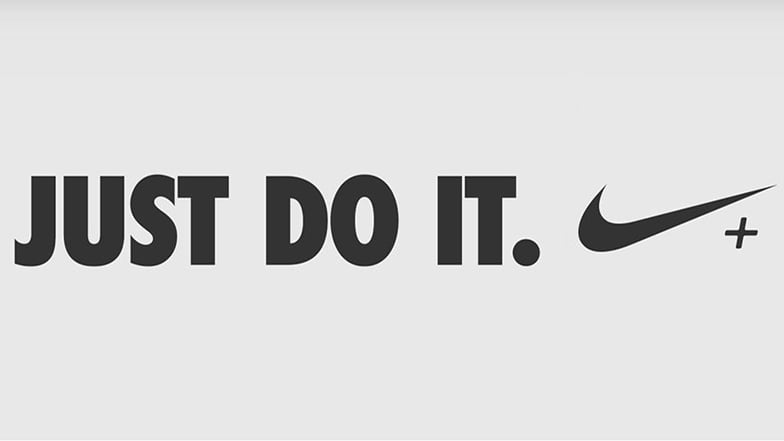At this point, the prospect of doing a work attachment is a little nerve-wracking. The Lectorial on Monday probably raised more self-doubt and concerns than eased them. However, I am attempting to stay positive, so let’s see if I can simplify the process. I’m glad that it was specified that the work attachment is not an internship, as that conjures up images of doing meaningless tasks like coffee runs and being underpaid or not paid at all without any prospects of future employment.
From the Work Attachment Guide:
- You must complete 80 hours by the end of the semester in which you complete Media 6
- You will not be eligible to graduate until your work attachment has been completed.
- For your attachment workplace to qualify you must be supervised by a professional practitioner.
- You must complete a 1,500 word written report – see below
- You are expected to speak to the careers officers at least once before you begin your attachment.
80 hours? That seems like a huge amount. But, broken down, especially between 2 or more work attachments, it won’t be so intimidating. #2 seems reasonable too, I mean, you don’t really want to graduate with no work experience and no connections. As much as I like my part-time job, I hope to eventually do something other than make coffee for other people.
‘Professional practitioner’ is quite broad. From what I could understand, it essentially means anyone who works in the media, from advertising, journalism, public relations, to new media.
So what are my ideal outcomes for an attachment? Firstly, to gain insight into what it’s like to actually work in the media industry. And, importantly, as has been stressed in the lectorial, to expand my professional network. My main concern is that I don’t have currently have any specific skills to bring to a work attachment. It’s the old adage: you need experience to get work, and you need work to get experience. Ideally, my first attachment would have to be something that allows me to demonstrate my personal skills: I’m reliable, attentive, punctual, organised. Maybe I don’t yet know all the ins and outs of the media industry, but these skills and qualities are a good start.








